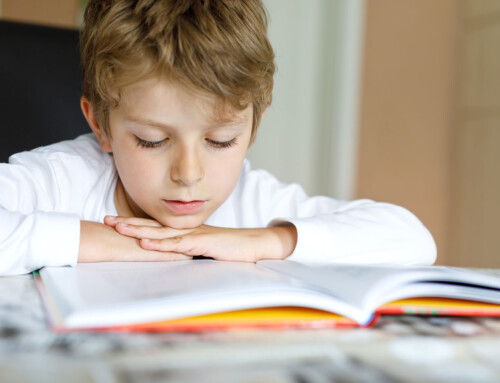In February of 2012, the Office of the Legislative Auditor (OLA) released its findings on child protection screening and provided recommendations for the State to improve this process. As a response to the OLA recommendations, Sen. Jeff Hayden and Rep. Susan Allen introduced legislation this year to establish a child protection screening work group and require counties to follow the Department of Human Services’ (DHS) Minnesota Child Maltreatment Screening Guidelines: S.F. 704 and H.F. 1106.
Earlier this week I talked to Rich Gehrman, Executive Director of Safe Passage for Children, who brought forth the legislation and worked with the bill authors to craft the bill language. Mr. Gehrman provided me with the most recent updates on this bill; these updates are not available online, so I thought I’d first discuss the original bill text and then highlight the modifications and the bill’s status.
Bill text, as introduced
The original bill text, found here, specified who would compose the 20- to 25-person work group, which ranged from DHS to non-public sector employees to mandated reporters to University experts. The work group would have been responsible for a feasibility study on the development and implementation of a statewide, centralized unit that would screen reports of alleged child maltreatment. It also would have addressed each of the OLA recommendations in a final legislative report, due by November 15, 2013, including how agencies should record screened-out cases and family history of CPS referrals.
This version also would have mandated counties to follow the DHS Minnesota Child Maltreatment Screening Guidelines during their intake processes.
Current version
One of the new aspects of the revised bill would require DHS to include child welfare stakeholders in its application for a federal planning grant, “Initiative to Improve Access to Needs-Driven, Evidence-Based/Evidence-Informed Mental and Behavioral Health Services in Child Welfare.” According to Mr. Gehrman, this new subdivision is more than likely going to pass.
The other modifications in the revised version are still being discussed with DHS and the legislature:
Screening guidelines
The revised version retains the language related to requiring counties to follow the DHS screening guidelines. Mr. Gehrman believes that this is a crucial part of the bill, saying that the “wide variation in
Feasibility study
REMOVED.
CPS screening work group
The removal of the feasibility study resulted in modifications in the work group. Members now include individuals with deep expertise in CPS screening practices and other areas such as the impact of childhood trauma on brain development and early childhood development. The work group’s new task would be to address the OLA’s recommendations related to clarification of the vagueness in the law and the DHS screening guidelines, and “reduce the degree of variance” in CPS practices in Minnesota.
Data on screened-out cases
Mr. Gehrman also stated that one of the goals was to address data collection on screened-out cases so that patterns of neglect could be identified. While Mr. Gehrman and other advocates have stated the need to consider patterns of neglect during a screening decision, DHS says that by law, they do not need to be considered (see their bulletin issued on Nov. 5, 2012). The OLA recommendations regarding this issue were that DHS should
- “develop a common understanding of what constitutes a child protection referral that should be recorded in the Social Service Information System (SSIS)” (p. 35)
- “reinforce with child protection agencies the need to appropriately record all child protection referrals, including screened-out referrals, in SSIS” (p. 35)
- “promulgate a rule indicating whether it is appropriate for agencies to use a family’s history of screened-in or screened-out child protection referrals when making screening decisions” (p. 52).
What do you think of this bill? How do you see this bill impacting child welfare practice in Minnesota? Leave a comment below!

Promoting child protection is one of the major issues of the society today and I am glad that these people are spending focused time on this issue. But I hope that the processing of the child’s cases would be faster.
Personal Injury Lawyer
Sometimes I think if they took the money spent on all of these ‘DHS workgroups’ and spent on services, we would be better off.
Sounds well intentioned,but too much subjectivity, and where is the money to fund field services on the added neglect cases? These are the type of cases that stay open a long time,client have a multitude of problems, and those of us in the field(if we have not yet quit) are swamped with all the DHS SSIS mandated computer work, or a 2 hr. caseplan ( for one child, try handing a 14 page caseplan to a clientis barely functioning). Another feel good idea, with little resources or back up. Most polictians (or DHS,for that matter)don’t have a clue what it takes in cp these days.